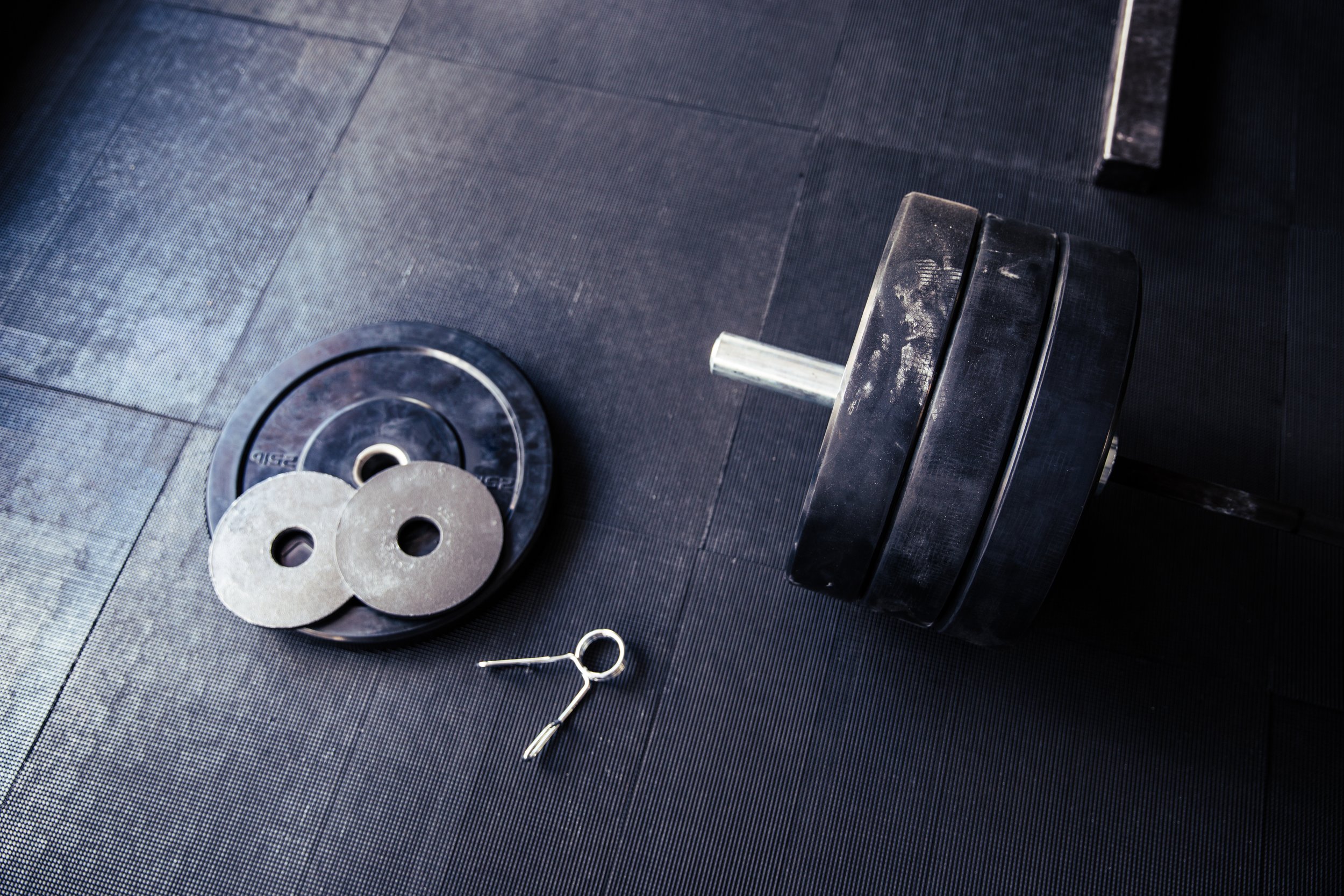Rest Periods Revisited
Takeaway Points:
This post continues on from an older post about rest periods, and clarifies some of the potential nuances involved.
In particular, while longer rest periods may be better, this needs to be considered in the context of a lot of other variables, and being proactive about managing your workouts based on total volume of training (rather than individual variables like rest periods) may be more meaningful overall.
This also helps to explain why some lifters can get away with not following strict programming, training by feel, while still seeing great results.
Revisiting A Classic
Way back in the day, I wrote The Rest Period Broscience Is Wrong as a way to analyze the latest research on rest periods. Surprisingly, this is probably an article that I link most commonly in FAQ’s with clients, as the question comes up a lot more than I would expect.
Here’s how I would summarize my points in that post:
Longer rest periods are always better, regardless of what kind of activity you’re doing in the gym
There are probably diminishing returns past a certain point - you probably don’t recover a ton more in 10 minutes compared to 5 for example.
For most people, 3-5 minutes is probably sufficient to maximize recovery between sets.
However, this should be considered in the context of your overall workouts, and is not necessarily a blanket recommendation.
Less exhausting isolation exercises may recover more quickly, and require less time, while more exhausting compound exercises may recover more slowly, and require more time.
While you may lose results a bit by cutting rest periods shorter, you may not have all day to spend in the gym, and may find it a worthwhile tradeoff if it means you can finish your workouts quicker.
Some time-saving methods like supersets, cluster sets, drop sets, myoreps, etc. may still enable you to minimize rest periods while getting good results.
What Is Your Takeaway?
This does suggest that maybe, in the long run, if you’re proactive about focusing on overall volume rather than being too zealously stuck to any one rep scheme, you could just flexibly adjust your training to suit the needs of the moment. Adding sets in this way would potentially enable you to get an equivalent or greater overall volume in the same amount of time, while enabling you also not to have to think or worry about rest periods at all.
I would also say that this kind of goes as a point in favor of the old school “broscience” approach to the gym, where you just show up, train until you feel exhausted, and leave - so long as you genuinely are pushing your limits, you can still get big and strong without having to monitor specific variables of your training too closely.
I’ve talked previously about how some people can just “get away with” this broscience approach.
And this approach absolutely does work for many people!
Jeff Nippard’s recent analysis and breakdown of Sam Sulek’s training, for example, shows us that it’s still very possible, in this day and age, to get an impressive physique without paying attention to every single variable and carefully writing down everything in your training.
However, for most people, you’ll still get a better approach from carefully paying attention to your training, and this is what I recommend most for the common (natural) lifter, who needs to be more diligent about their training to continue seeing superior results in the long run.
About Adam Fisher
Adam is an experienced fitness coach and blogger who's been blogging and coaching since 2012, and lifting since 2006. He's written for numerous major health publications, including Personal Trainer Development Center, T-Nation, Bodybuilding.com, Fitocracy, and Juggernaut Training Systems.
During that time he has coached thousands of individuals of all levels of fitness, including competitive powerlifters and older exercisers regaining the strength to walk up a flight of stairs. His own training revolves around bodybuilding and powerlifting, in which he’s competed.
Adam writes about fitness, health, science, philosophy, personal finance, self-improvement, productivity, the good life, and everything else that interests him. When he's not writing or lifting, he's usually hanging out with his cats or feeding his video game addiction.
Follow Adam on Facebook or Twitter, or subscribe to our mailing list, if you liked this post and want to say hello!
Enjoy this post? Share the gains!
Ready to be your best self? Check out the Better book series, or download the sample chapters by signing up for our mailing list. Signing up for the mailing list also gets you two free exercise programs: GAINS, a well-rounded program for beginners, and Deadlift Every Day, an elite program for maximizing your strength with high frequency deadlifting.
Interested in coaching to maximize your results? Inquire here.
Some of the links in this post may be affiliate links. For more info, check out my affiliate disclosure.





